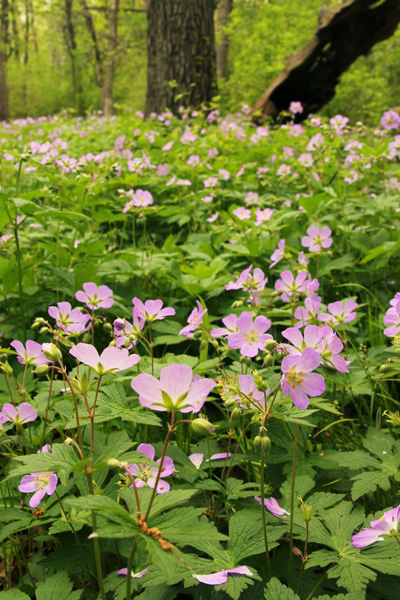 Geranium maculatum is an herbaceous perennial native to deciduous woodlands of eastern North America, from southern Ontario south to Georgia and west to eastern Oklahoma and the eastern part of the Dakotas in zones 3 to 8. It is found in most of Wisconsin except for a few of the northern counties. Wild geranium is the showiest of the native geraniums with larger flowers than the other species. Known by many different common names including alum root, alum bloom, cranesbill, spotted cranesbill, wild cranesbill, spotted geranium, wild geranium, wood geranium, and other local colloquial names, this clump-forming plant in the geranium family (Geraniaceae) is usually very abundant in dense patches in natural woodland openings.
Geranium maculatum is an herbaceous perennial native to deciduous woodlands of eastern North America, from southern Ontario south to Georgia and west to eastern Oklahoma and the eastern part of the Dakotas in zones 3 to 8. It is found in most of Wisconsin except for a few of the northern counties. Wild geranium is the showiest of the native geraniums with larger flowers than the other species. Known by many different common names including alum root, alum bloom, cranesbill, spotted cranesbill, wild cranesbill, spotted geranium, wild geranium, wood geranium, and other local colloquial names, this clump-forming plant in the geranium family (Geraniaceae) is usually very abundant in dense patches in natural woodland openings.  These colonies are formed of groups of long-lived clones that have grown from individual plants. It is not an effective colonizer and is rarely found in disturbed areas. G. maculatum was used medicinally by Native Americans to treat diarrhea and open sores or wounds. Plants have a loose cluster of basal leaves and flowering stems arising from thick, branched horizontal rhizomes. They form a mound of dark green foliage 12-28 inches tall and spreading 12-18 inches.
These colonies are formed of groups of long-lived clones that have grown from individual plants. It is not an effective colonizer and is rarely found in disturbed areas. G. maculatum was used medicinally by Native Americans to treat diarrhea and open sores or wounds. Plants have a loose cluster of basal leaves and flowering stems arising from thick, branched horizontal rhizomes. They form a mound of dark green foliage 12-28 inches tall and spreading 12-18 inches. 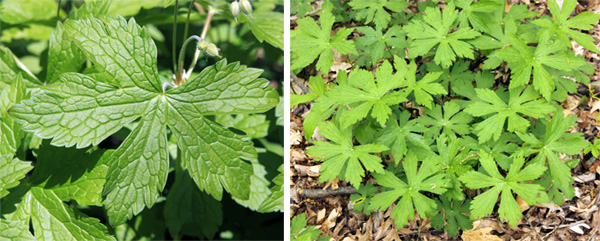
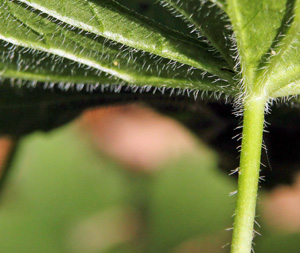 The palmately lobed basal leaves emerge in spring on long petioles with coarse white hairs. Each broad leaf up to 6 inches across generally has five deep lobes, although sometimes two of the lobes are deeply cleft enough to appear as seven lobes. The leaf margin is irregularly and coarsely toothed or cleft all around. The lower leaf surface has coarse white hairs like those on the petiole while the upper surface is covered with fine white hairs.
The palmately lobed basal leaves emerge in spring on long petioles with coarse white hairs. Each broad leaf up to 6 inches across generally has five deep lobes, although sometimes two of the lobes are deeply cleft enough to appear as seven lobes. The leaf margin is irregularly and coarsely toothed or cleft all around. The lower leaf surface has coarse white hairs like those on the petiole while the upper surface is covered with fine white hairs. 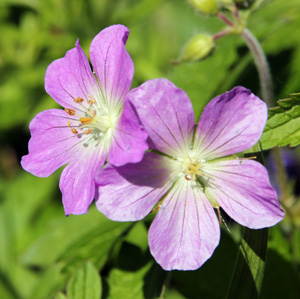 Wild geranium blooms over a period of about a month (sometimes longer in cooler weather) in late spring to early summer. Flower buds are set the previous year, enclosed in the winter bud at the tips of the rhizomes. Each upright, primarily unbranched flower stem has a pair of opposite, short-stalked stem leaves that are similar to, but smaller than, the basal leaves, usually with just three lobes. The upturned flowers are borne at the top of hairy stems in loose clusters of 2-5 (a corymb or floppy umbel). Each 1-1½ inch wide flower has five rounded petals, five green sepals and ten yellow stamens surrounding the single pistil with five carpels. The petals are generally rose-pink to lavender but may be darker purple or rarely white, with fine, slightly darker-colored lines running along their length that function as nectar guides. Honeybees, bumblebees, many types of native solitary bees, and syrphid flies are most common pollinators, although ants and beetles also visit the flowers.
Wild geranium blooms over a period of about a month (sometimes longer in cooler weather) in late spring to early summer. Flower buds are set the previous year, enclosed in the winter bud at the tips of the rhizomes. Each upright, primarily unbranched flower stem has a pair of opposite, short-stalked stem leaves that are similar to, but smaller than, the basal leaves, usually with just three lobes. The upturned flowers are borne at the top of hairy stems in loose clusters of 2-5 (a corymb or floppy umbel). Each 1-1½ inch wide flower has five rounded petals, five green sepals and ten yellow stamens surrounding the single pistil with five carpels. The petals are generally rose-pink to lavender but may be darker purple or rarely white, with fine, slightly darker-colored lines running along their length that function as nectar guides. Honeybees, bumblebees, many types of native solitary bees, and syrphid flies are most common pollinators, although ants and beetles also visit the flowers. 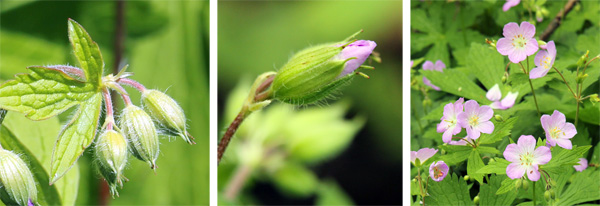 After blooming, distinctive fruit capsules are produced 3-5 weeks later. Each consists of a long, central beak-like column (resembling a crane’s head) and five basal cells, each containing one seed with a reticulated surface.
After blooming, distinctive fruit capsules are produced 3-5 weeks later. Each consists of a long, central beak-like column (resembling a crane’s head) and five basal cells, each containing one seed with a reticulated surface. 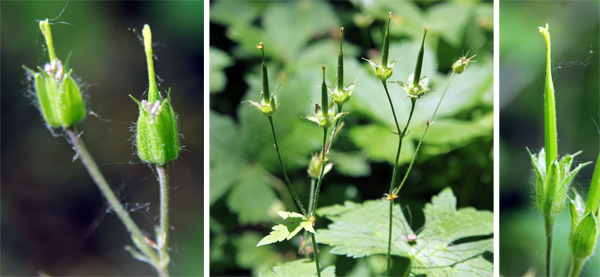 The carpels of this dehiscent fruit curl upward and backward to spring open when ripe, expelling the seeds 10-30 feet from the mother plant. In summer, after the seeds have ripened, the plants may start to go dormant. Under good conditions leaves will remain green throughout the season, but the foliage may yellow or go summer dormant if the soil dries out.
The carpels of this dehiscent fruit curl upward and backward to spring open when ripe, expelling the seeds 10-30 feet from the mother plant. In summer, after the seeds have ripened, the plants may start to go dormant. Under good conditions leaves will remain green throughout the season, but the foliage may yellow or go summer dormant if the soil dries out.  Although a native plant in our area, wild geranium is easily cultivated and can be grown as an ornamental plant in gardens. Plant it in rich soil with plenty of organic matter in full sun or light shade and provide plenty of moisture for the best growth. Plants flower more prolifically the more sun they receive. This species will naturalize under optimum growing situations but is never invasive. It requires little maintenance. Deadheading is not recommended as plants do not normally repeat bloom.
Although a native plant in our area, wild geranium is easily cultivated and can be grown as an ornamental plant in gardens. Plant it in rich soil with plenty of organic matter in full sun or light shade and provide plenty of moisture for the best growth. Plants flower more prolifically the more sun they receive. This species will naturalize under optimum growing situations but is never invasive. It requires little maintenance. Deadheading is not recommended as plants do not normally repeat bloom. 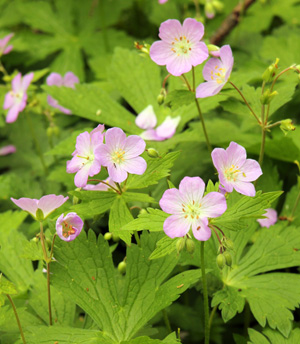 The foliage can be lightly sheared back and shaped after flowering. This plant has few pests, although aphids and slugs may infest plants and rust and leaf spot may occur. Deer will eat the flowers (and occasionally the foliage). Use G. maculatum in shady borders, native plant gardens or open woodland gardens. It can be massed to create a ground cover. In its native habitat it is frequently found in association with bellwort (Uvularia grandiflora), bloodroot (Sanguinaria canadensis), Solomon’s seal, (Polygonatum spp.), false Solomon’s seal (Smilacina racemosa), ferns, Trillium grandiflorum, common mayapple (Podophyllum peltatum), and woodland phlox (Phlox divaricata). In gardens it combines well with these and other native plants found in open woods and with exotic ornamentals such as celandine poppy (Stylophorum diphyllum), columbine (Aquilegia spp.), foam flower (Tiarella spp.), goat’s beard (Aruncus dioicus), and violets. There are a few cultivars of G. maculatum available:
The foliage can be lightly sheared back and shaped after flowering. This plant has few pests, although aphids and slugs may infest plants and rust and leaf spot may occur. Deer will eat the flowers (and occasionally the foliage). Use G. maculatum in shady borders, native plant gardens or open woodland gardens. It can be massed to create a ground cover. In its native habitat it is frequently found in association with bellwort (Uvularia grandiflora), bloodroot (Sanguinaria canadensis), Solomon’s seal, (Polygonatum spp.), false Solomon’s seal (Smilacina racemosa), ferns, Trillium grandiflorum, common mayapple (Podophyllum peltatum), and woodland phlox (Phlox divaricata). In gardens it combines well with these and other native plants found in open woods and with exotic ornamentals such as celandine poppy (Stylophorum diphyllum), columbine (Aquilegia spp.), foam flower (Tiarella spp.), goat’s beard (Aruncus dioicus), and violets. There are a few cultivars of G. maculatum available:
Wild geranium is propagated from divisions of the rhizomes or from seed. Divide roots in in early spring or fall, cutting them where they form right angles. Seed can be purchased or collected in the wild. Because the fruits are dehiscent, they should be collected before splitting open (as they begin to darken, about a month after flowering) and kept in a paper bag to contain the seeds when the fruits explode open. Seed must be stratified in order to germinate, with higher germination rates the longer the cold period. Sowing outdoors in the fall is the easiest with no artificial stratification needed. In the wild young plants bloom in their second or third year but when grown in a garden often will bloom in the first year. – Susan Mahr, University of Wisconsin – Madison
Wild geranium (Geranium maculatum), also known as spotted geranium or cranesbill, is a popular perennial wildflower native to eastern North America With its delicate purple blooms and lush, lobed foliage, this plant is a woodland jewel that also adapts well to gardens But an important question arises should you grow wild geranium in full sun or partial shade?
Understanding the ideal lighting for wild geranium ensures success with this lovely native plant. While it prefers partial shade like in its native woodland habitat it can tolerate both sun and shade if properly sited and cared for.
Wild Geranium’s Native Habitat
In the wild wild geranium grows in moist woods along stream banks, and other semi-shaded locations. Dappled sunlight filtering through the forest canopy provides the perfect amount of light. This gives clues about optimal light levels for gardens.
How Much Sun Can Wild Geranium Handle?
Wild geranium is adaptable to both sun and shade if other conditions like soil moisture are met. But too much of either can stress the plant.
Full Sun Conditions
Full sun is tolerable provided the soil remains consistently damp. Morning sun is better than afternoon. Avoid hot, dry sites that bake plants under intense midday rays.
In too much sun, wild geranium may wilt, scorch, and potentially decline or die. Growth will be stunted and flowers fewer. Supplement water frequently, mulch heavily, and consider temporary shade if attempting full sun exposure.
Partial Shade Conditions
Partial sun, approximating dappled forest light, is ideal for wild geranium. A few hours of morning sunlight with afternoon shade suits it perfectly. Filtered light under high tree canopies also provides suitable light levels.
Full Shade Conditions
At the other end of the spectrum, wild geranium also adapts to full shade. It will grow and flower in densely shaded woodland settings. However, growth may be leggy and weaker as the plants reach for light.
Insufficient sunlight can reduce blooms and limit the plant’s full potential. But it will survive and spread. Just don’t expect robust growth and masses of flowers without a few hours of filtered sunlight.
Best Light Conditions for Optimal Growth
Based on its native habitat and adaptability, the best lighting for wild geranium includes:
-
Dappled or partial sun – A few hours of direct sun with shade the rest of the day is ideal. Morning sun is better than afternoon. Bright shade under trees suits it perfectly.
-
Light shade – Open grown with no direct sun but lots of indirect illumination works well. A high open canopy or east facing site provides suitable light shade.
-
Part sun to part shade – A balance of sun and shade during the day keeps wild geranium happy. No more than 4-6 hours of sun is recommended.
When in doubt, err on the shadier side for wild geranium, especially in southern zones. A little sun with bright shade is safer than too much direct exposure. Sheltered, humus-rich soil and ample moisture also help counteract strong sun.
Adjusting Other Growing Conditions for More Sun
If you must grow wild geranium in full sun, support it by modifying other conditions:
-
Enrich the soil with extra organic matter like compost or leaf mold.
-
Mulch heavily around plants to retain soil moisture and cool roots.
-
Provide supplemental water as needed to keep soil evenly moist.
-
Allow more spacing between plants for air circulation.
-
Consider adding temporary shade like a sheer curtain if afternoon sun is intense.
These adjustments help compensate for increased light exposure and keep wild geranium happy. It may grow and bloom slower than in ideal conditions but should still perform.
Key Site Selection Factors
When choosing the best spot to grow wild geranium, consider:
-
Canopy density overhead – Moderate shade is better than deep or no shade.
-
Direction of exposure – East or north facing is ideal over southern.
-
Hours of direct sun – Limit to early morning if possible.
-
Soil enrichment – Boost with organic matter for moisture retention.
-
Available irrigation – Must provide supplemental water in sunnier sites.
Monitor the plants and adjust to improve performance. With its native adaptability, wild geranium can thrive in both sun and shade if properly sited and cared for.
Companion Plants
Wild geranium partners beautifully with other woodland edge or dappled shade plants like:
-
Ferns – Christmas, maidenhair, ostrich
-
Wild phlox
-
Foamflower
-
Blue-eyed Mary
-
Columbine
-
Wild ginger
-
Woodland sedges
Blend it with spring ephemerals and summer perennials to echo a natural forest understory. It also mingles nicely with shrubs like serviceberry, witch hazel, and chokeberry.
Growing Tips
Follow these tips for successfully growing wild geranium:
-
Plant in humus-rich, evenly moist soil. Avoid hot, dry sites.
-
Provide dappled sun or part shade. Morning sun is ideal.
-
Mulch spring planted pots to conserve moisture and cool roots.
-
Water weekly during drought, keeping soil moderately moist.
-
Remove spent flower stems to encourage rebloom and tidy growth.
-
Divide congested clumps every 2-3 years in early spring.
-
Cut back any damaged foliage in late fall before winter dormancy.
With proper siting and care focusing on its shade preference and moisture needs, wild geranium will flourish as a beloved woodland garden classic.
Troubleshooting Problems
When grown in unsuitable conditions, wild geranium may experience:
-
Wilting, scorching, stunted growth in too much sun.
-
Leggy, weak growth and reduced blooms in too much shade.
-
Root rot in soggy soil, especially in winter.
-
Foliar diseases like leaf spot in humid, crowded conditions.
Adjusting light exposure, soil drainage, air circulation, and watering practices can prevent most issues. Remove diseased foliage promptly to encourage healthy new growth.
Wild geranium is prized for its delicate spring blooms and attractive foliage. With an understanding of this plant’s light needs, you can site it properly to thrive. While partial shade is ideal, mimicking its native habitat, it adapts to both sun and shade when grown under the right conditions. Give wild geranium shelter, enriched soil, and ample water, and it will flourish to delight you year after year.
:max_bytes(150000):strip_icc()/wild-geranium-growing-guide-5214536-06-10cde70b2a034a8f9b63a199581287e6.jpg)
Featured Articles by Season
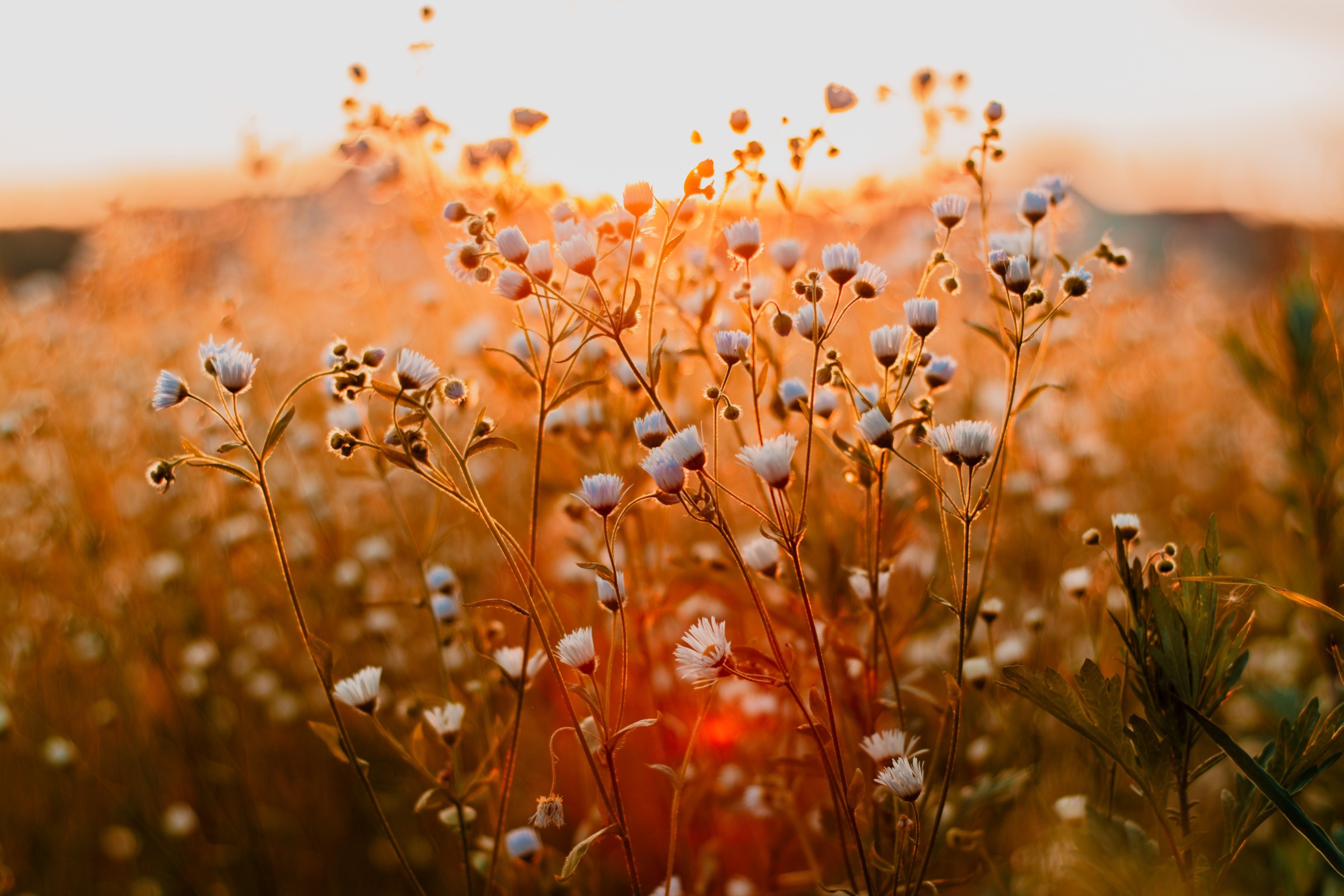
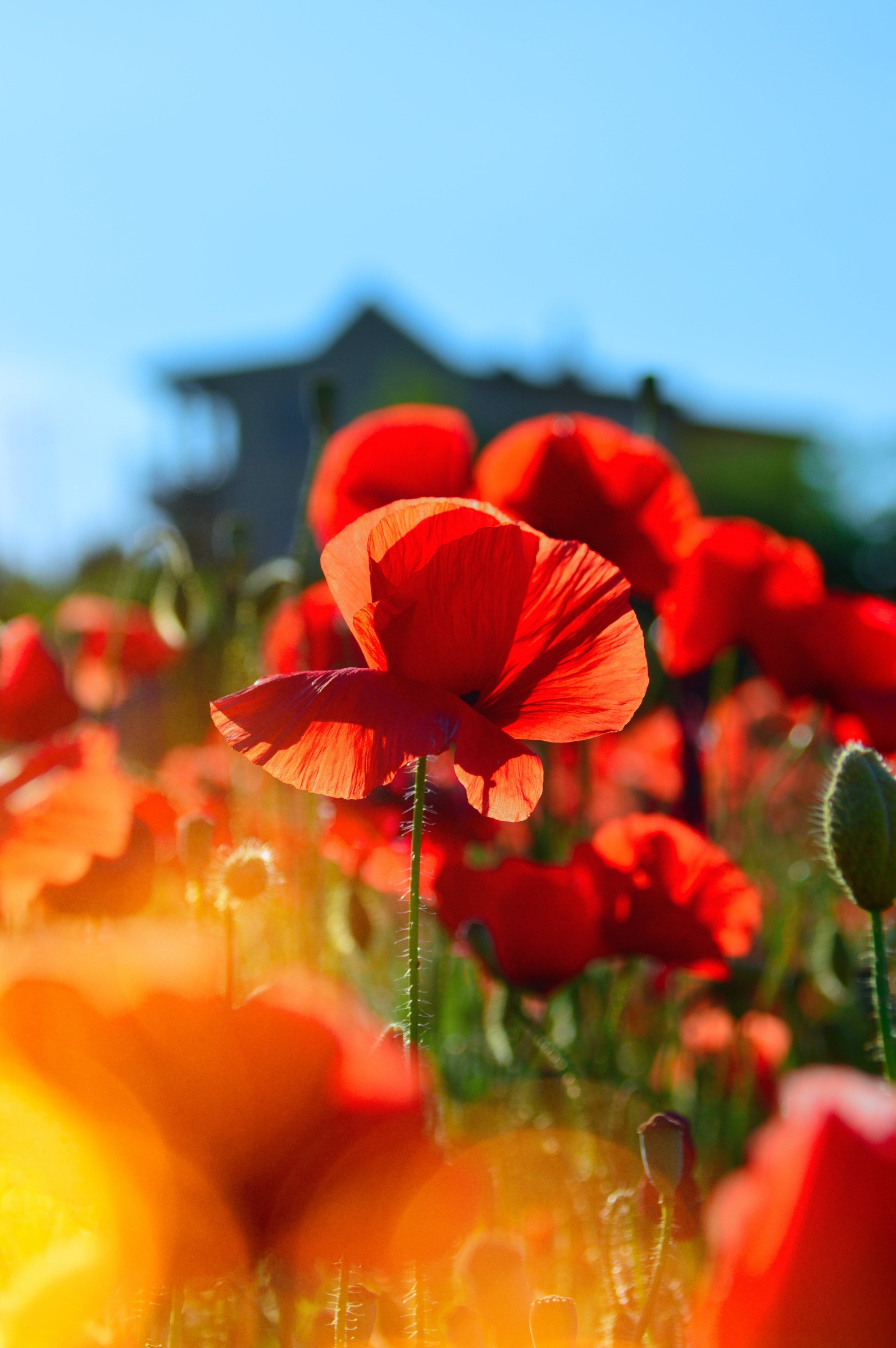
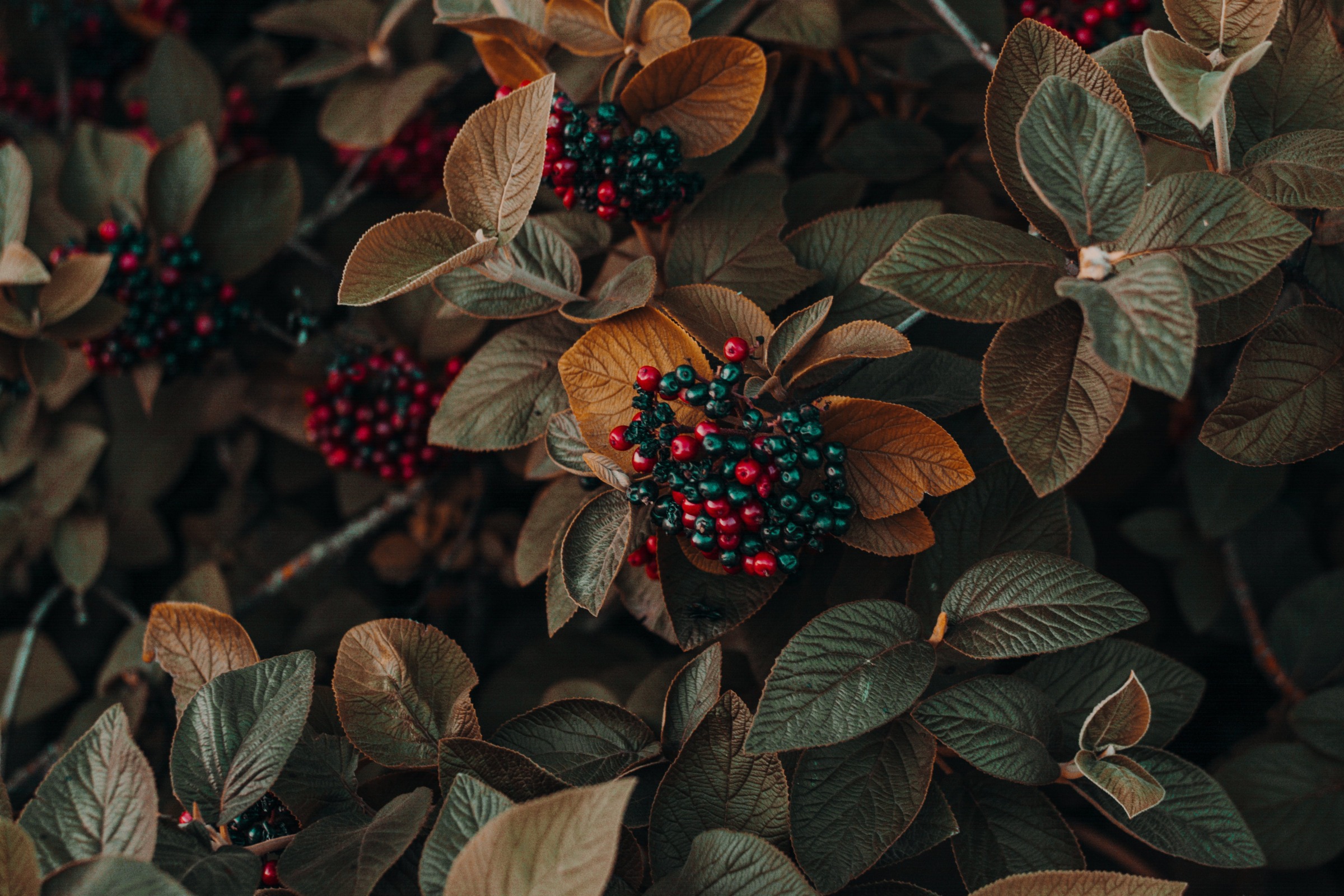
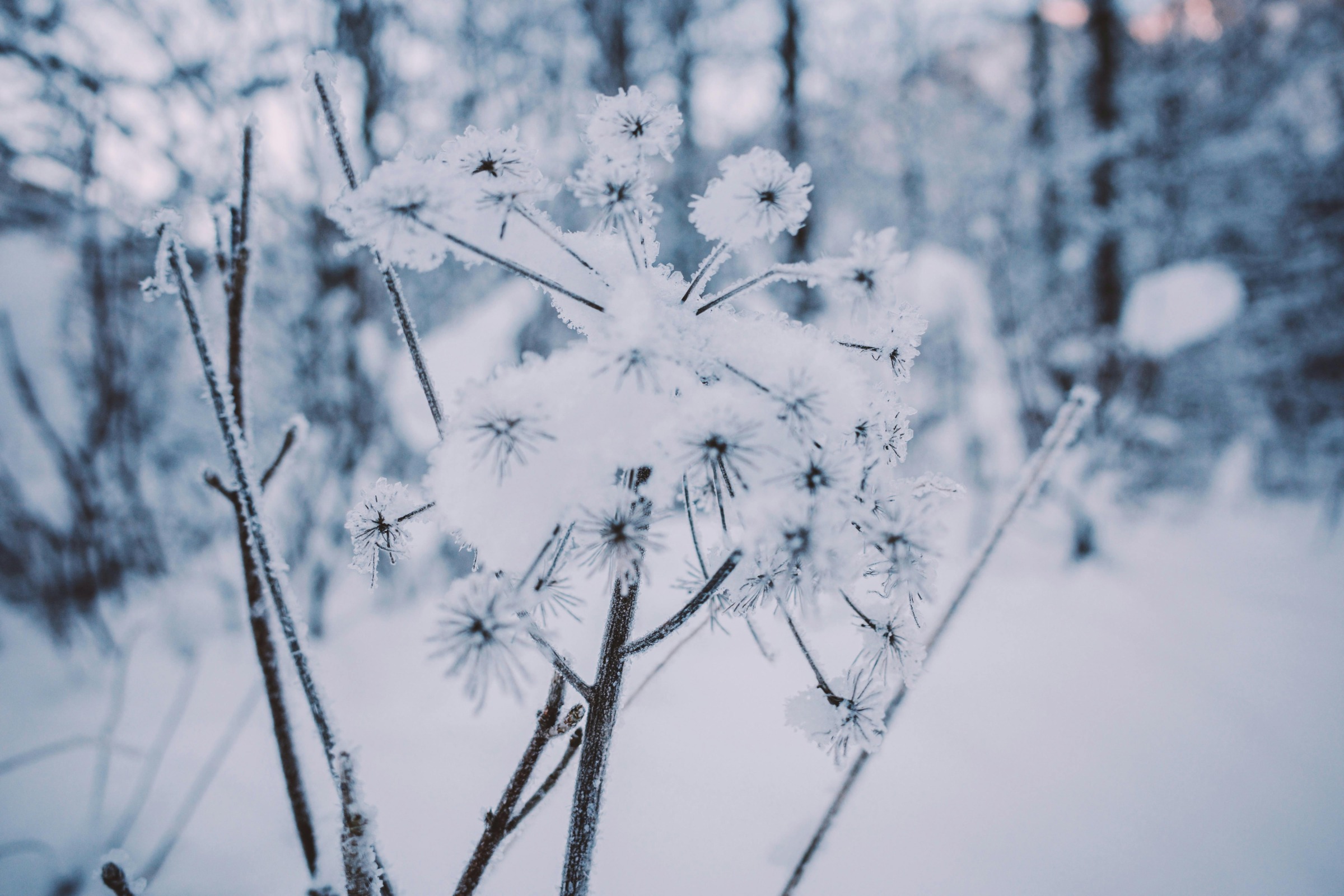
Ask Your Gardening Question
If you’re unable to find the information you need, please submit your gardening question here:
Wild Geranium ~ Geranium maculatum ~ Wildflowers 101 ~ Episode 8
FAQ
Does Wild Geranium spread?
-
The Plant Nativehttps://theplantnative.comBeginner’s Guide to Wild Geranium – The Plant NativeMar 26, 2025 — If it’s happy, Wild Geranium will spread by seeds and also by sending out underground root-like growths called rhizomes. If you want to transplant i…
-
Blazing Star Gardenshttps://www.blazingstargardens.comWild Geranium (Geranium maculatum) 3-pack of potsCan’t be shipped. Perfect for shady woodland gardens, Wild Geranium is a good groundcover with attractive foliage and lavender flowers. The seed heads fling see…
-
YouTube · Nature Nichehttps://m.youtube.comMondays with Martha #157 – Wild GeraniumMay 28, 2023 — um wild strawberry and uh black-eyed Susan rebeccia folgeta and it does quite well oh. and um bigly faster as well. so um it’s not too aggressive of…
-
Native Plant Trusthttps://plantfinder.nativeplanttrust.orgGeranium maculatum – Native Plant Trust Plant FinderGeneral Description. Bloom Description: Attractive purple to white flowers in clusters of 2-5. The flowers are upturned so the yellow stamens are on display. G.
-
YouTube · Forest Preserve District of Will Countyhttps://www.youtube.comLearn more about wild geranium #Shorts #WillCountyMay 5, 2023 — hey guys I’m going to show you a flower. this is wild geranium wild geranium is a really showy flower you get these big purple blooms and they actual…
Where is the best place to plant wild geraniums?
Although a native plant in our area, wild geranium is easily cultivated and can be grown as an ornamental plant in gardens. Plant it in rich soil with plenty of organic matter in full sun or light shade and provide plenty of moisture for the best growth. Plants flower more prolifically the more sun they receive.
Is Wild Geranium shade tolerant?
Geranium maculatum does prefer shade or partial shade, but it will grow in full sun if the soil is rich and consistently damp. Also called Cranesbill, a common name which refers to the pointy structure on the seed pod that serves to jetison the mature seed pods away from the parent plant.
Does Wild Geranium bloom all summer?
If plants get enough moisture, they’ll keep their leaves all season long. If not, plants tend to go dormant. Flowers appear on wild geranium plants in late spring to early summer, over a period of six to seven weeks. The flowering window lengthens when temperatures stay on the cool side.
Can geraniums grow in shade?
Unlike the non-native geraniums that you may have planted in flowerboxes, which love it hot and dry, Wild Geranium is a woodland plant—it prefers partial shade. It can tolerate full sun if the soil is kept moist, however. Wild Geranium is an excellent choice for planting under trees, along the edges of woodlands, or in a shaded garden bed.
Do wild geraniums need full sun?
Wild geranium flowers can tolerate full sun and light shade or part shade. However, they will flower more with increased sun exposure. Choose a site in your garden with plenty of sun if you want showy flowers. Keep in mind that wild geranium prefers rich soil with plenty of nutrients and organic matter that retains moisture well. 2.
How to grow wild geranium?
Here is an overview of how to grow wild geranium. 1. Choose the site. Wild geranium flowers can tolerate full sun and light shade or part shade. However, they will flower more with increased sun exposure. Choose a site in your garden with plenty of sun if you want showy flowers.
Is wild geranium a good groundcover?
Wild geranium will feel right at home if you have a spot in your garden that gets dappled sunlight or morning sun with afternoon shade. Wild Geranium can also fill in gaps in a naturalistic or cottage-style garden. Its mounding habit makes it a great groundcover, and it pairs well with other woodland plants.
Can wild geranium be planted under trees?
Wild Geranium is an excellent choice for planting under trees, along the edges of woodlands, or in a shaded garden bed. Wild geranium will feel right at home if you have a spot in your garden that gets dappled sunlight or morning sun with afternoon shade. Wild Geranium can also fill in gaps in a naturalistic or cottage-style garden.
What is the Best Lighting for wild geraniums?
Based on its native habitat and adaptability, the best lighting for wild geranium includes: Dappled or partial sun – A few hours of direct sun with shade the rest of the day is ideal. Morning sun is better than afternoon. Bright shade under trees suits it perfectly.
